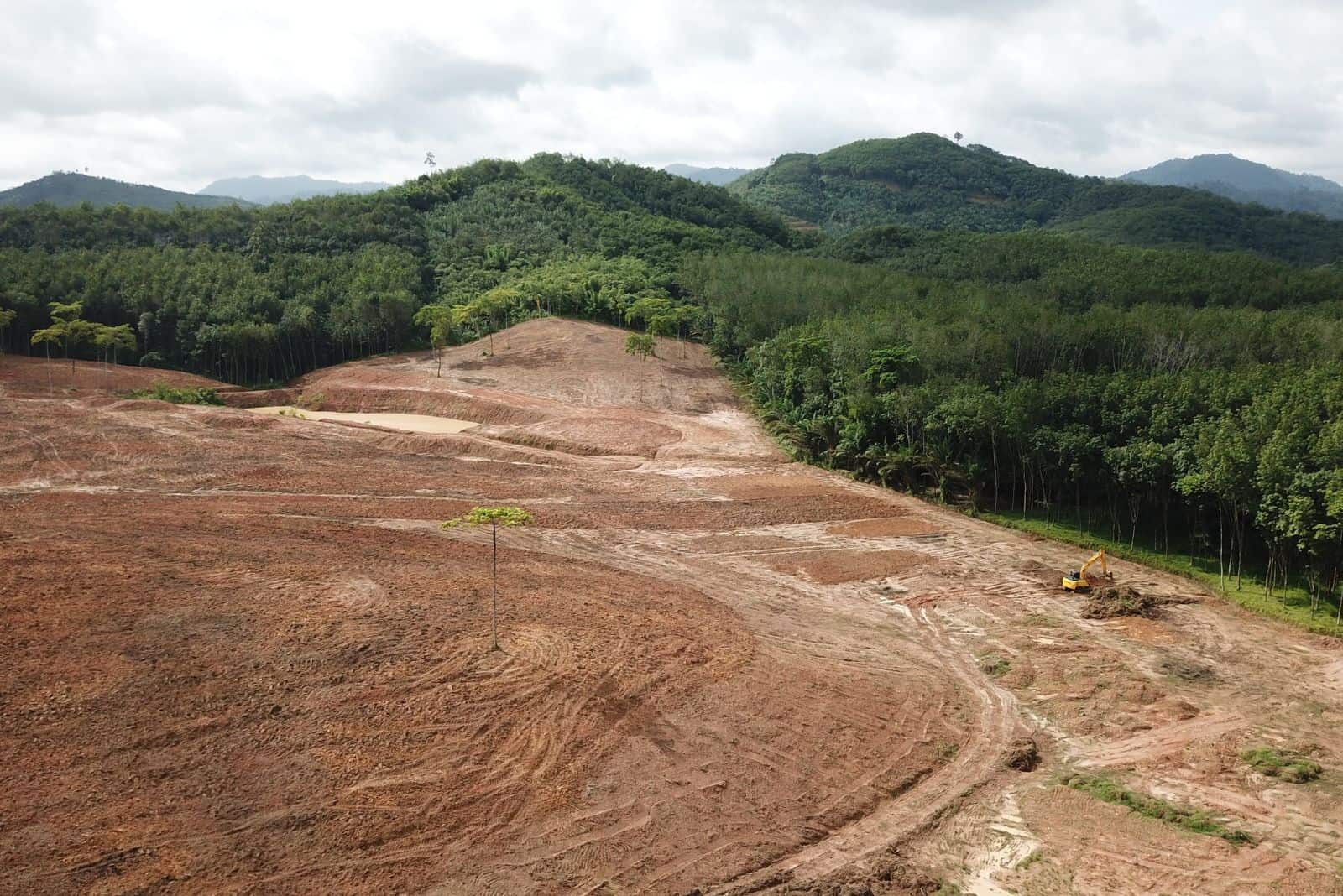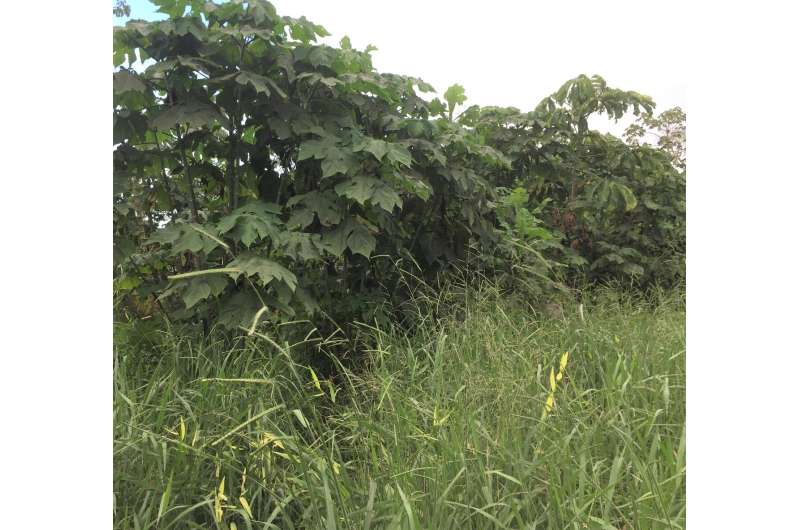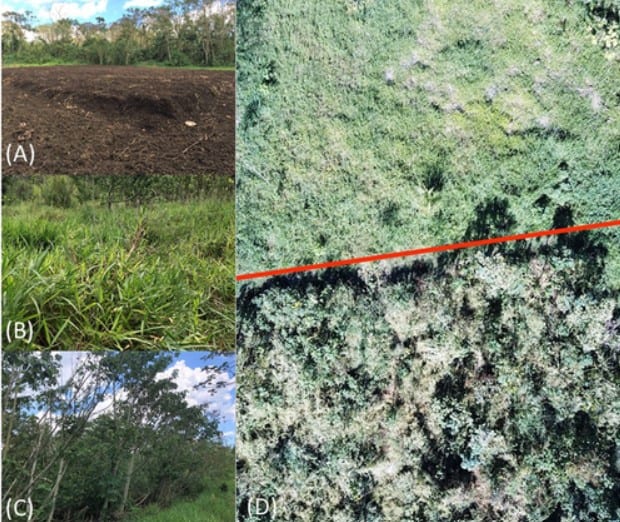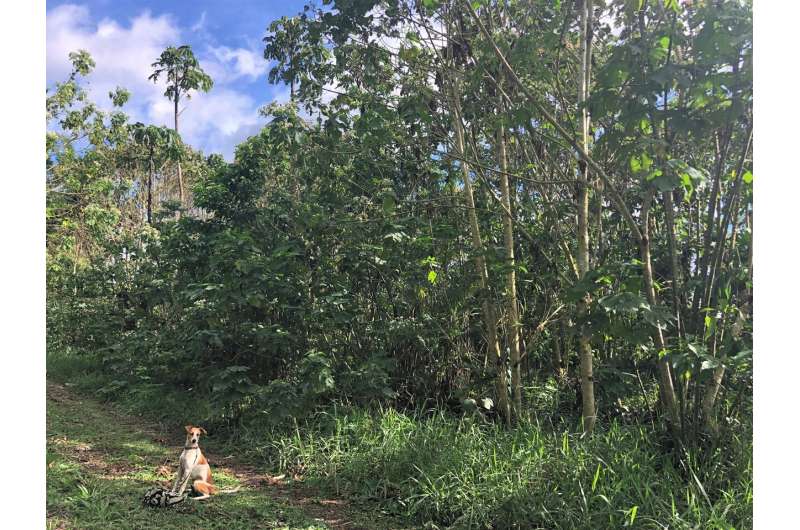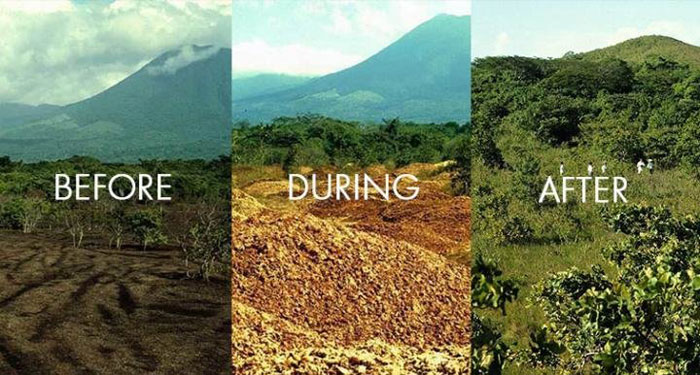The biggest issue with the coffee industry is the waste it leaves us with. Once the process of separating coffee beans from berries ends, approximately 45% of the biomass is disposed of.
People everywhere consume coffee on a daily basis, so imagine all the pulp that ends up in landfills throughout the world. Nearly 10 million tons of coffee pulp are dumped into the environment every single year.
Using incorrect disposal methods for this waste may have severe consequences on soil quality and water sources.
Opinions on this matter only changed recently, when a study was published in the British Ecological Society journal about the benefits of coffee waste and the impact it has regarding regrowing deforested locations worldwide.
The research was conducted by the University of Hawaii and ETH-Zurich in 2018. They dumped 30 tons of coffee waste into degraded land in Costa Rica and spread it over approximately a 100′ x 130′ area.
The area where they dumped the waste was a former coffee farm that experienced extensive deforestation back in the 1950s.
The layer of pulp was roughly 3 feet thick. They did not dump the waste on the adjacent plot so that they could use it as a control area.
The results were dramatic, said Dr. Rebecca Cole, who was a leading author of the study. What happened is that the coffee pulp started acting like a layer of compost over the course of two years; nutrients such as nitrogen, phosphorus, and carbon were released into the soil.
The canopy covered about 80% of the area, significantly more than the adjacent land, which was covered in about 20%.
It takes tropical forests hundreds of years to grow back. To have [such] tall trees in only two years is really spectacular, added Cole.
Another great result of the coffee pulp waste was the elimination of invasive grass species. These plants were responsible for the reduced growth of native species.
This case study suggests that agricultural by-products can be used to speed up forest recovery on degraded tropical lands. In situations where processing these by-products incurs a cost to agricultural industries, using them for restoration to meet global reforestation objectives can represent a ‘win-win’ scenario, Dr. Cole stated.
According to researchers, coffee waste treatment is an efficient approach and could aid in regrowing deforested land.
This really was like a forest on caffeine. I think it’s really promising.
This is definitely encouraging on a global scale. In accordance with the Paris Accords and the Bonn Challenge addressing climate change and deforestation, this type of treatment might mitigate the consequences of climate change by encouraging the expansion of forests around the world.
This isn’t the first research on using agricultural waste to improve soil and encourage forest regrowth.
Similar research was conducted on orange peel waste for Costa Rica’s tropical forest restoration. (1)
Researchers dumped orange peel onto land formerly utilized as cattle pasture. Sixteen years later the results were surprising even for scientists. The number of trees and woody plants significantly increased and the soil had a higher amount of macronutrients compared to the control area.
Dr. Cole concludes: We hope our study is a jumping off point for other researchers and industries to take a look at how they might make their production more efficient by creating links to the global restoration movement.
We face environmental challenges and need to change our mindset regarding organic waste. It shouldn’t be seen as a burden – the key lies in recognizing its benefits and potential.
Many gardeners use kitchen waste for their plants; for instance, fruit peels and coffee grounds are frequently used for houseplants. We hope that there will be more research on this matter and that they have similar results.
References
1. H. Treuer, T. L., Choi, J. J., Janzen, D. H., Hallwachs, W., Peréz-Aviles, D., Dobson, A. P., Powers, J. S., Shanks, L. C., Werden, L. K., & Wilcove, D. S. (2018). Low-cost agricultural waste accelerates tropical forest regeneration. Restoration Ecology

